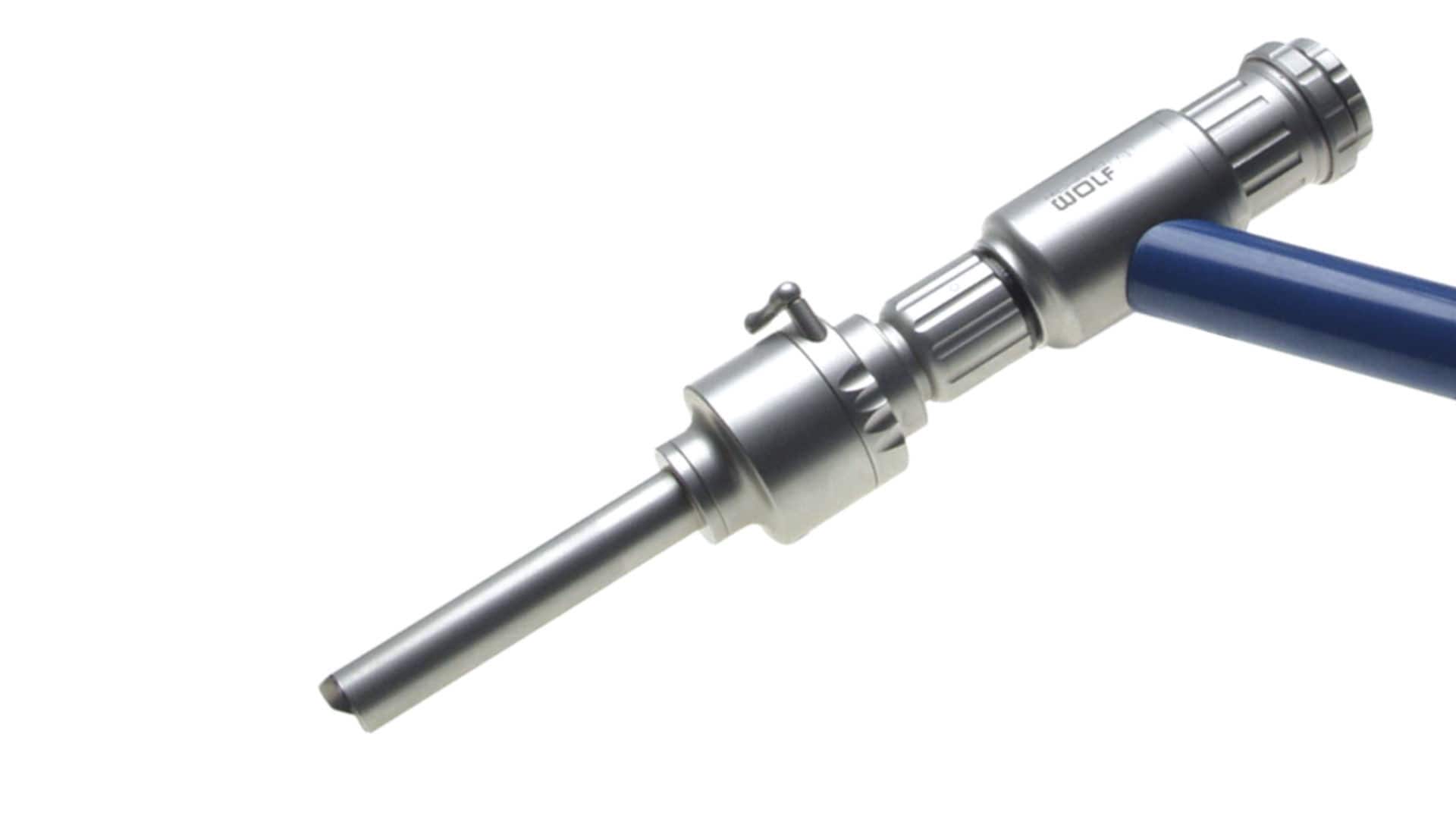The story of power morcellators is one of utter failure on the part of the FDA. Because the agency doesn’t require doctors to report defective devices, the dangers of power morcellators weren’t widely known until it was far too late. The voluntary reporting system failed to adequately capture the risks these devices posed to women. When the FDA finally advised against using power morcellators in laparoscopic hysterectomies and myomectomies in 2014, the agency was criticized for not requiring an outright recall from the market.
Power morcellators are small devices that can remove large amounts of tissue by breaking it up into smaller pieces. They became popular as a way to remove uterine fibroids because the procedure was minimally invasive. However, these devices also have the potential to inadvertently spread cancerous cells throughout the body, something that occurs in approximately 1 in 350 women.
The devices were used on thousands of women for more than twenty years before the FDA took action, but the horror of power morcellators is far from over. In April, the FDA approved a tissue containment system, called a PneumoLiner, to be used with power morcellators to reduce the risk of leaving behind cancerous tissue.
If you’re thinking the PneumoLiner is the answer to the power morcellator’s problems, you’d be dead wrong. In the FDA’s press release, the agency states, “although the device has been shown to successfully contain morcellated tissue, it has not been proven to reduce the risk of cancer spread during surgery.”
The PneumonLiner is nothing more than a bag. The FDA did not require any rigorous clinical testing from the manufacturer either. So how did such a useless device receive FDA approval? Some critics believe there are industry experts influencing the process, but it’s also possible that the FDA just isn’t taking the risks of power morcellators seriously enough.

